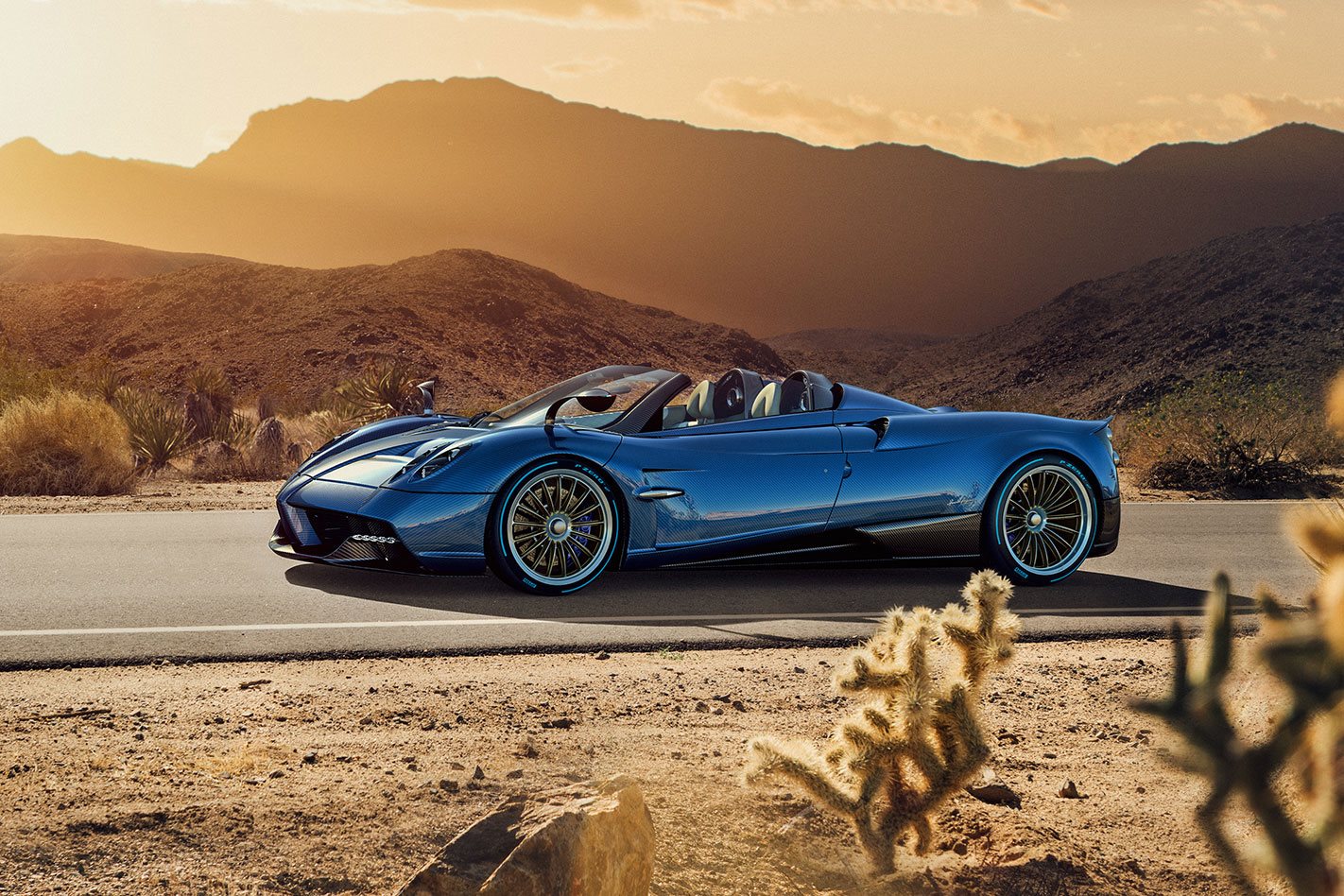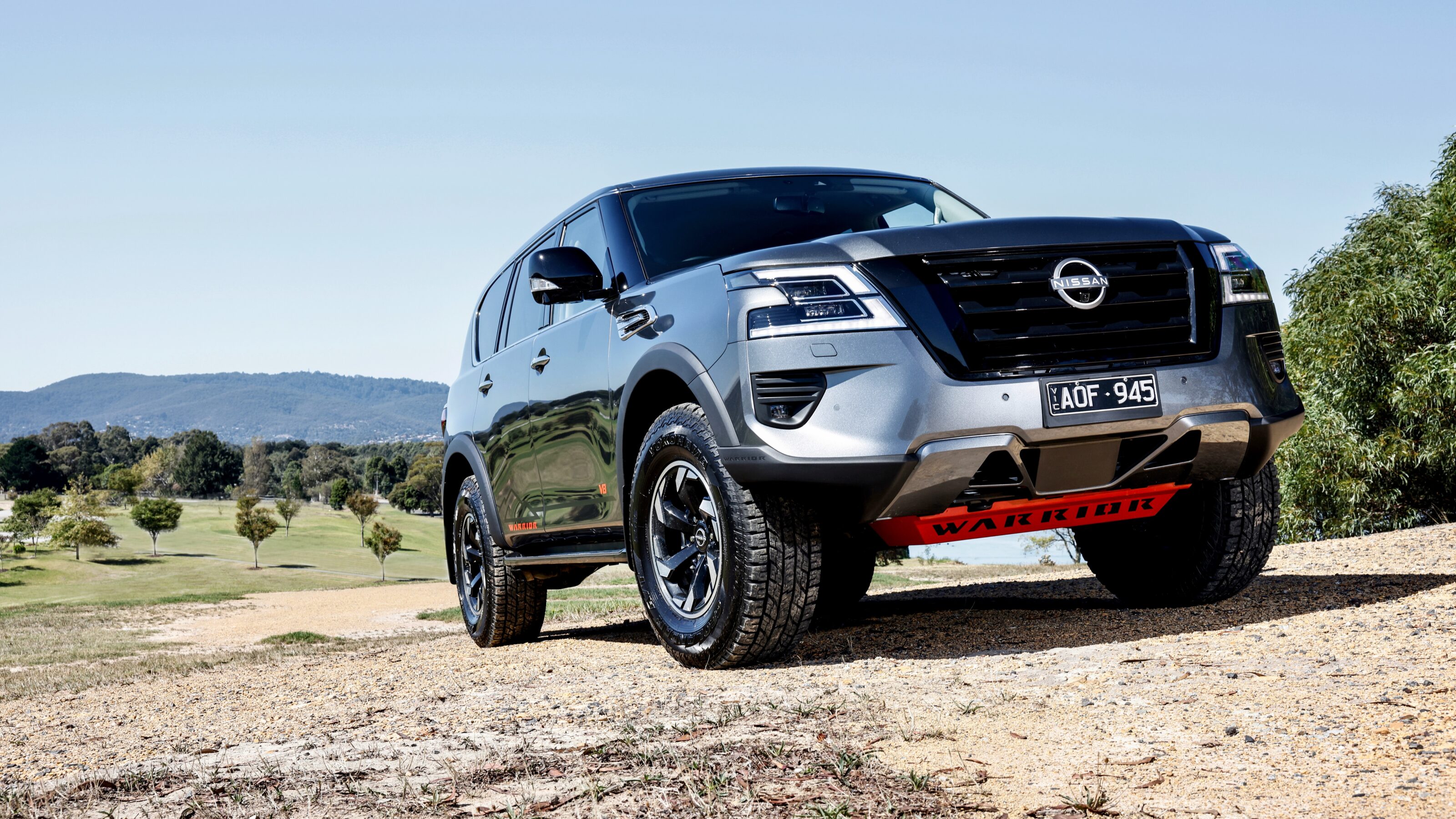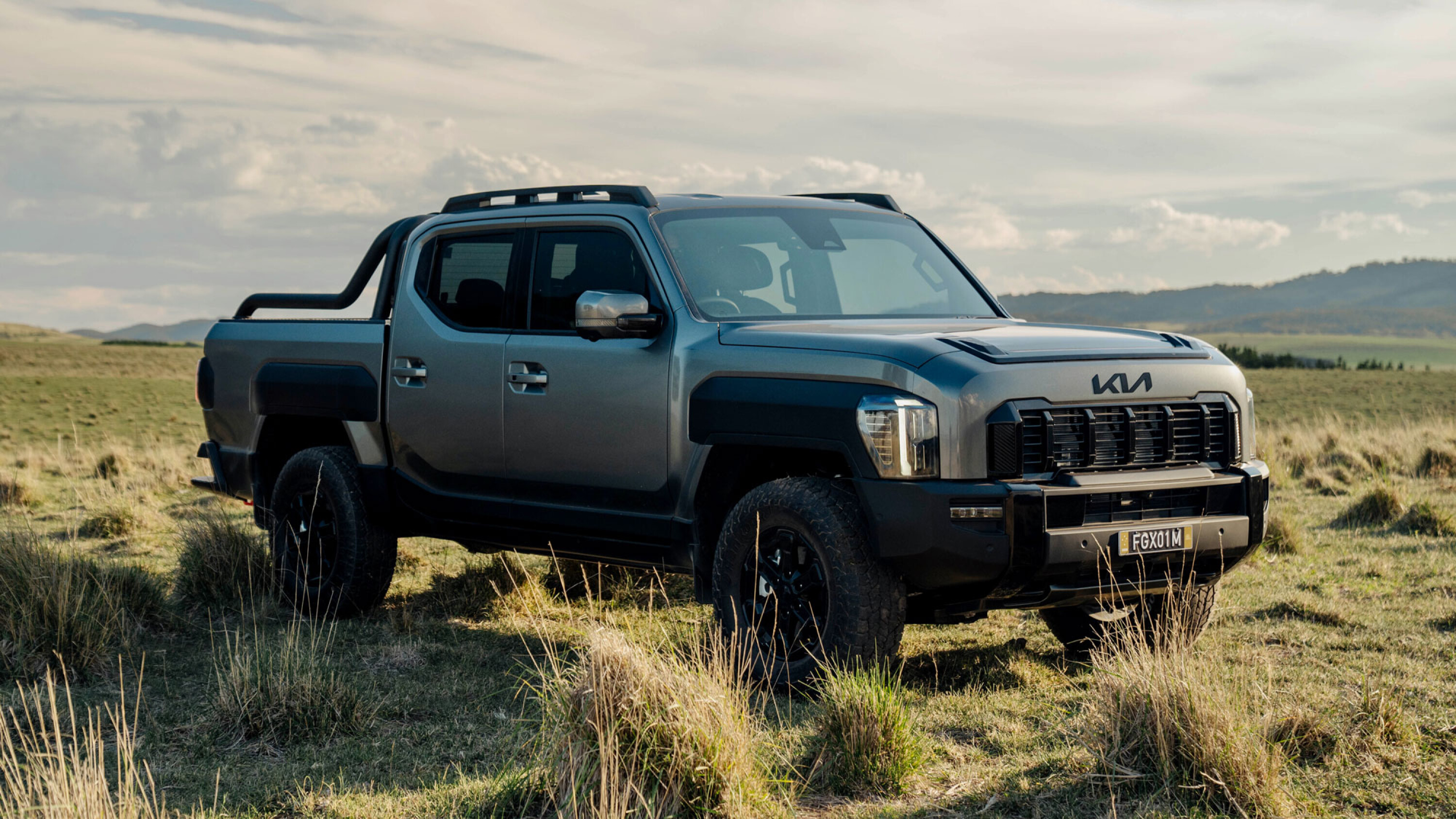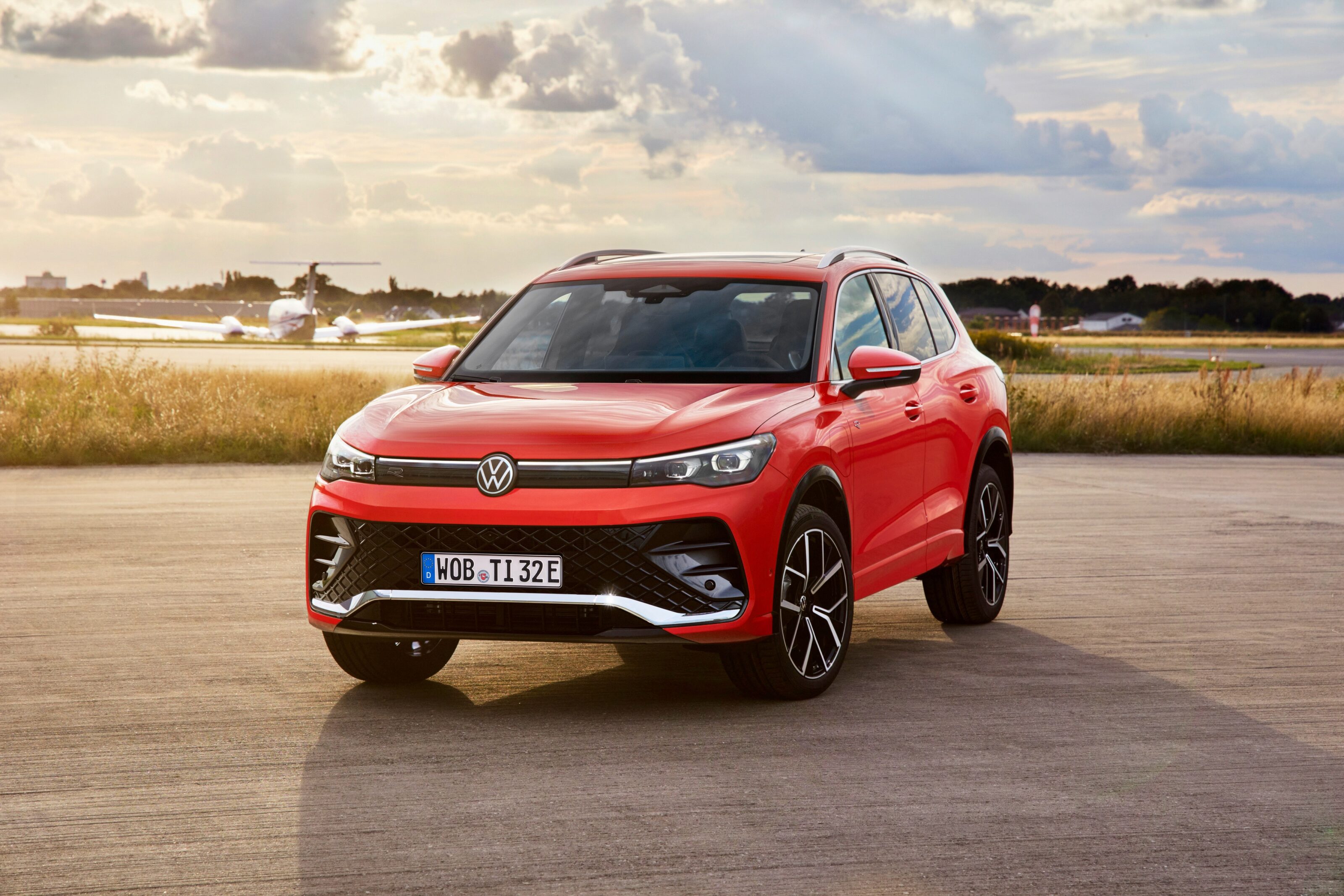Horacio Pagani has further blurred the line between automobile and art form with the unveiling of the Huayra Roadster ahead of its public debut at the Geneva motor show.
Like all art, the Huayra drop-top may be divisive, however the level of detail is absolutely staggering. According to Pagani, work on the Roadster initially started in 2010, however three years later all work was scrapped and the project restarted.

The Roadster also uses a revised version of the seven-speed X-Trac automated manual gearbox and wild active aero, with a pair of flaps front and rear working to increase cornering performance and stability without increasing drag.
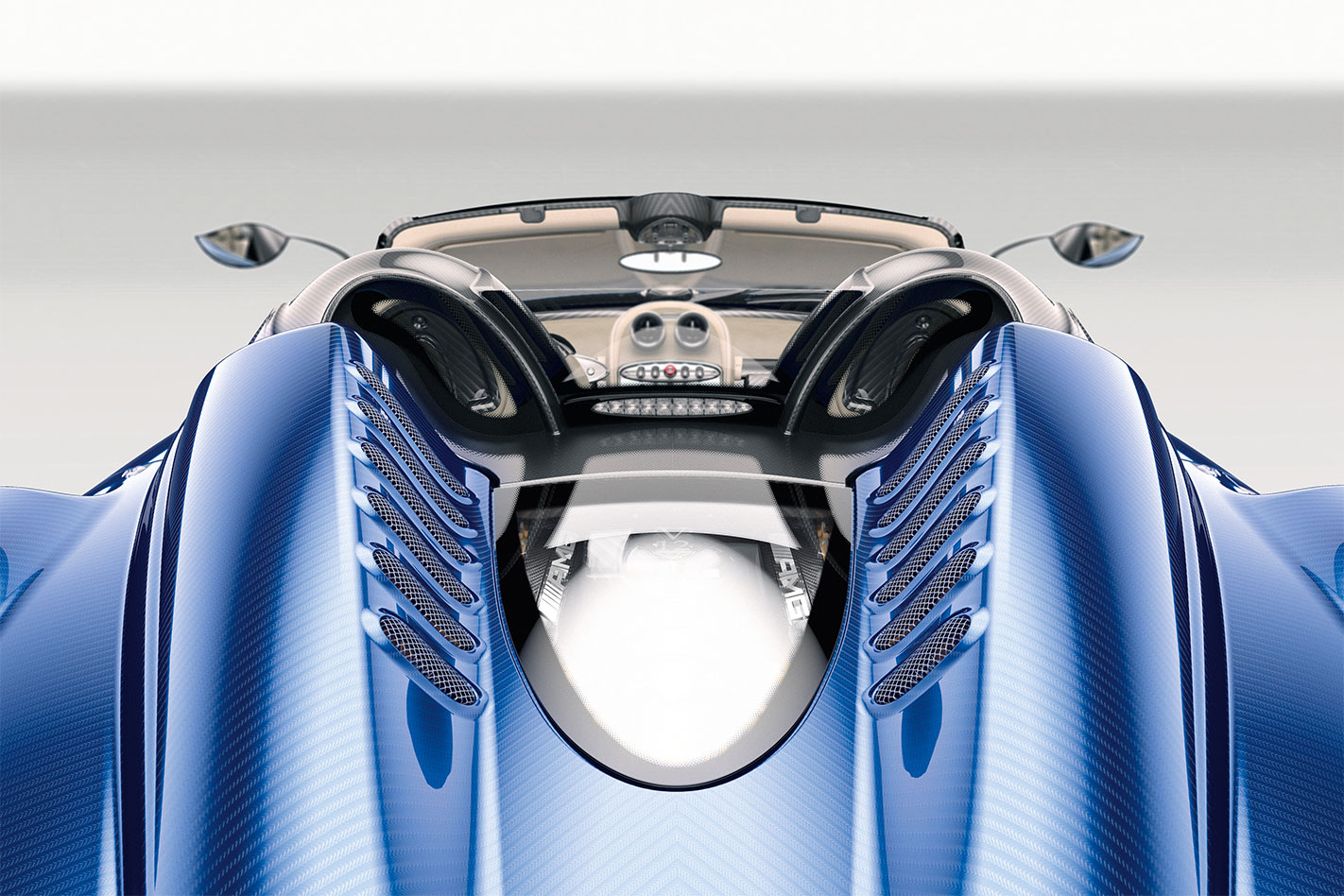
Despite losing the structural rigidity of a roof, body stiffness has increased by 52 per cent while weight has dropped an impressive 80kg to just 1280kg (dry).
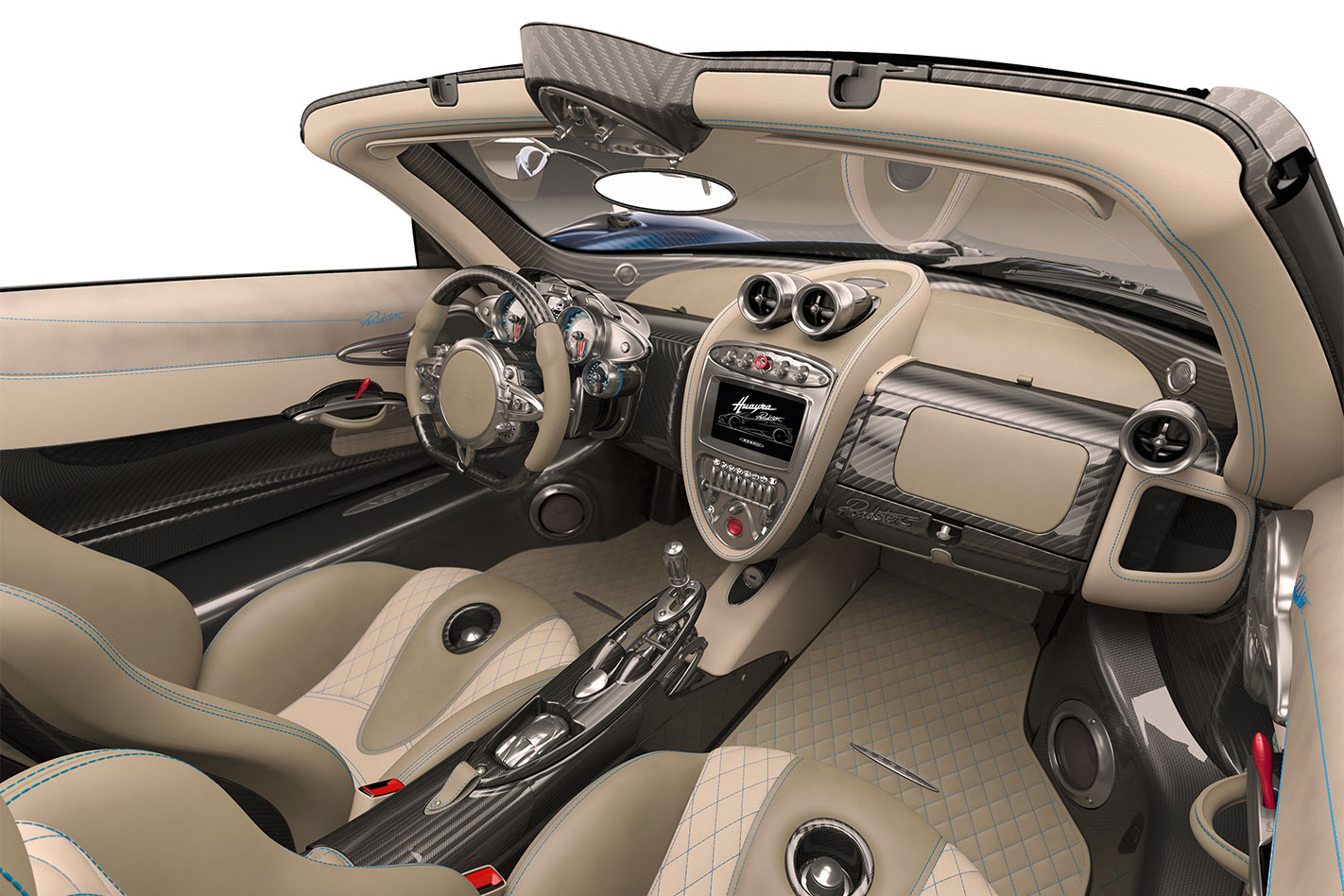
Carbon-ceramic brakes are standard, with 380mm rotors at both ends clamped by six-piston calipers front and four-piston rears. Wheels are 20 inches front and 21 inches rear wrapped in Pirelli P Zero Corsas or optional P Zero Trofeo Rs, which contribute to a maximum of 1.8g cornering force.
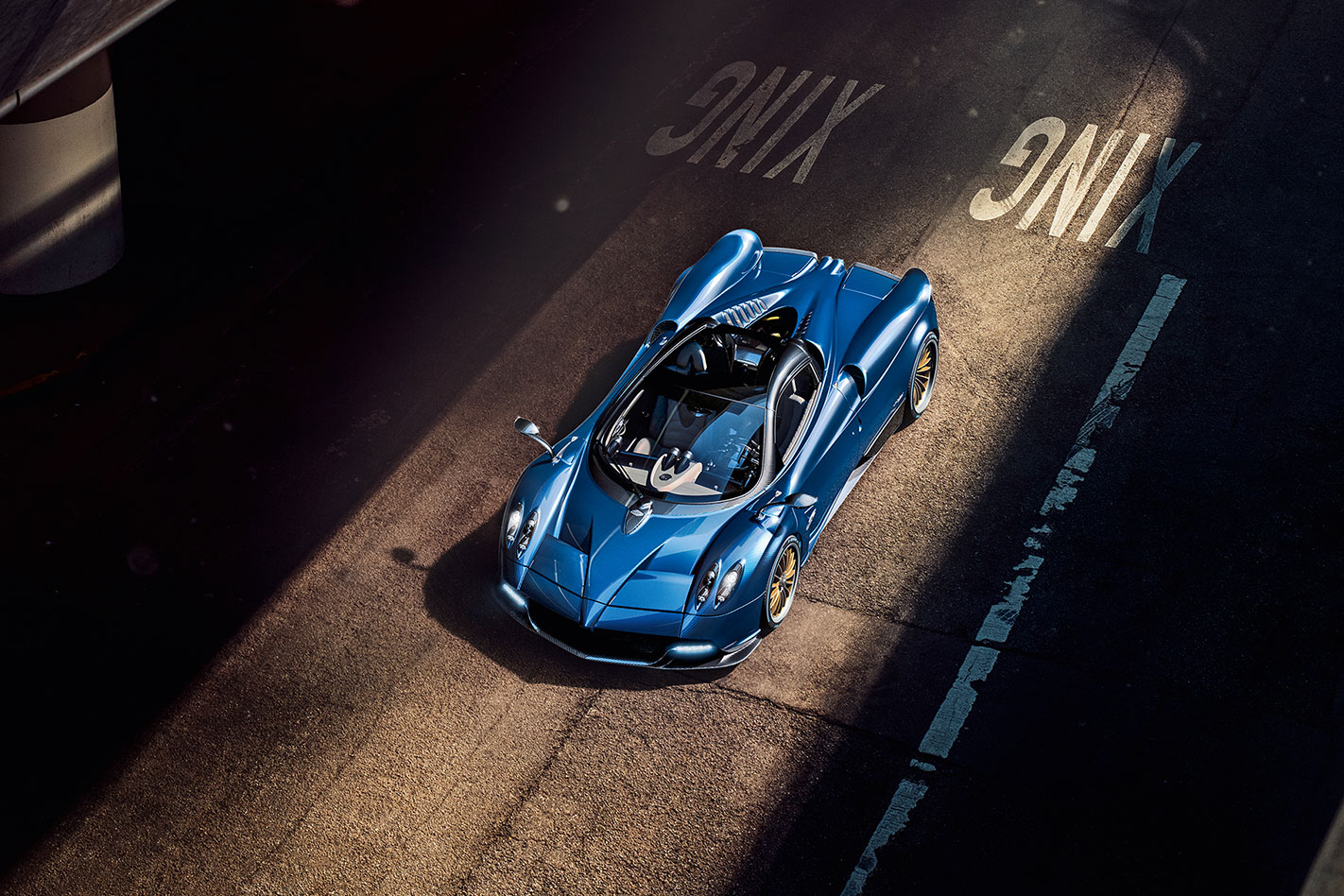
As you might expect, the price for this level of engineering isn’t cheap, with each Huayra Roadster costing €2,280,000 ($A3.14m). There’s no threat to your bank account, however, as all 100 examples are already sold.


